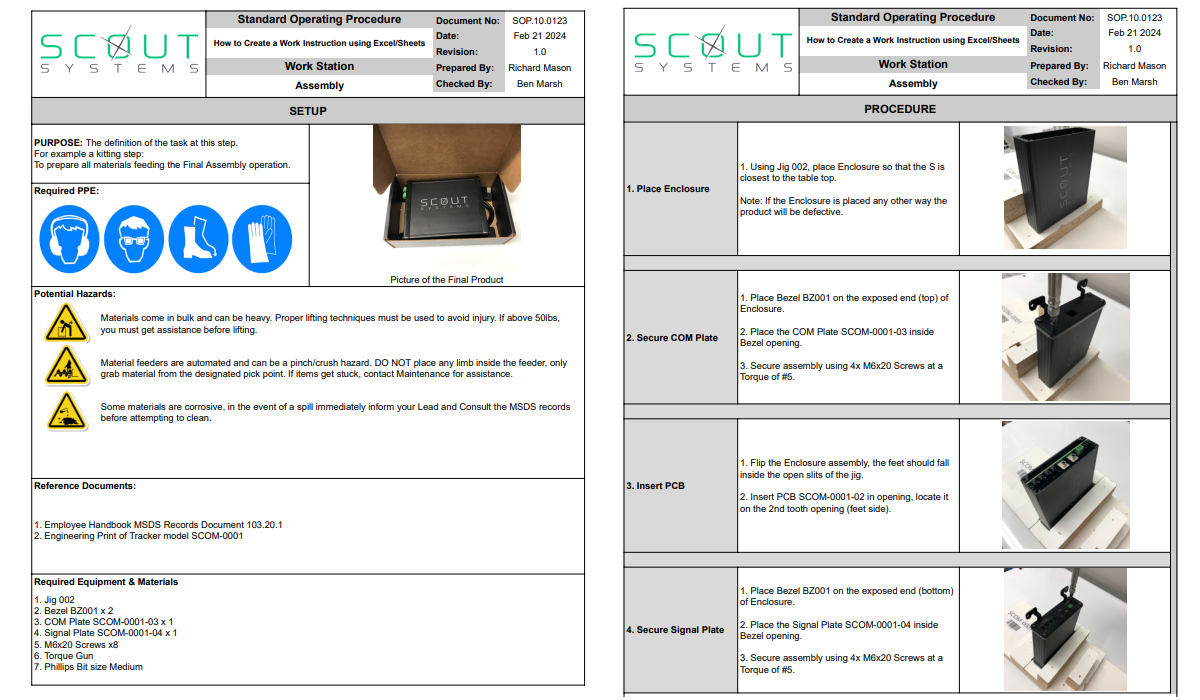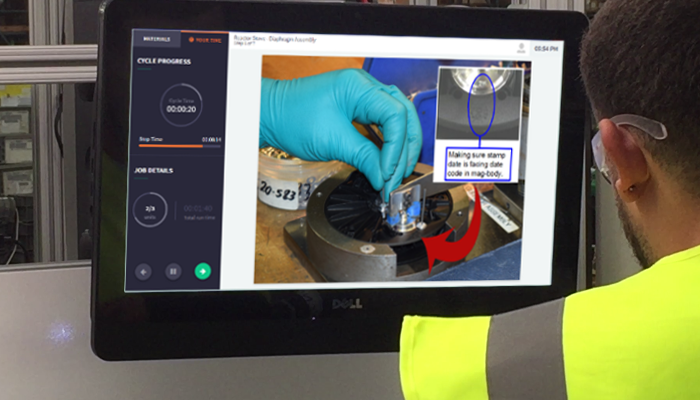Culture
Culture is a crucial aspect that influences employee's attitudes, job satisfaction, motivation, and overall well-being within an organization. High morale leads to better productivity, teamwork, and retention, while low morale can result in increased turnover, poor performance, and a negative work environment.


 5 min read
5 min read











